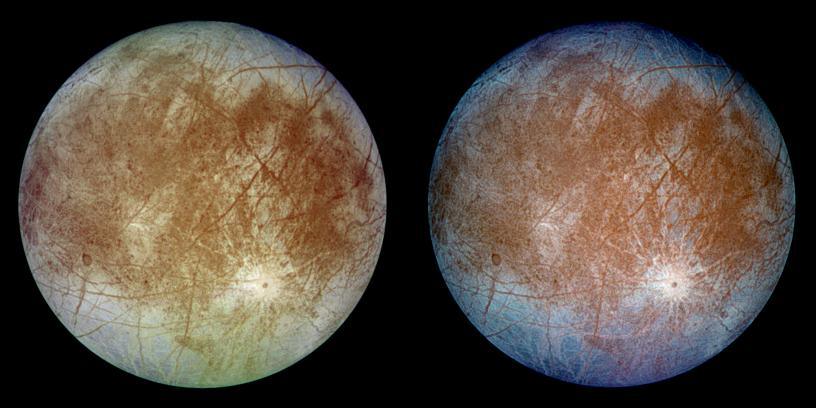Of course, Europa is one of Jupiter’s larger moon. It’s about the size the moon of Earth, and it’s thought to be one of the best places to look for life in our solar system besides Earth. NASA wants to go to Europa. Well, it isn’t in Europe and for soccer fans, it has nothing to do with the Europa League.
Long before Hubble made those findings, a NASA spacecraft named Galileo traveled to Jupiter in 1995 and found evidence that Europa has a salty ocean beneath its frozen crust. NASA says that ocean may have more than twice as much water as Earth. Europa has razzed us with its puzzled icy surface and evidence of a immense ocean, following the amazing data from 11 flybys of the Galileo spacecraft over a decade ago and recent Hubble observations suggesting plumes of water shooting out from the moon.
The space agency has included $30 million in its 2016 budget to plan the mission. Goldstein said there’s still work to do before NASA officially clears mission managers to build the hardware and software for the mission. NASA says the mission plan includes 45 flybys at altitudes ranging from 16 miles to 1,700 miles (25 kilometers to 2,700 kilometers). With each pass, the spacecraft would collect information about Europa’s surface and use instruments to look deep inside the small world. Nine science instruments have been selected so far, including cameras, ice penetrating radar and a magnetometer.
About Europa
Europa is the fourth largest moon of Jupiter planet and sixth closest moon of Jupiter and it completely resembles like the moon of Earth. Italian astronomer Galileo Galilei is given credit for discovering Europa, Io, Ganymede and Callisto in 1610, and so the four are known as Galilean satellites or moons. German astronomer Simon Marius claimed to see the moons at about the same time, but Galileo published his findings first. Jupiter also has dozens of other smaller moons.
Even if it gets approved quickly, the Europa spacecraft will not be the next visitor to the Jupiter system. NASA’s Juno spacecraft is due to arrive at Jupiter on July 4, 2016.








